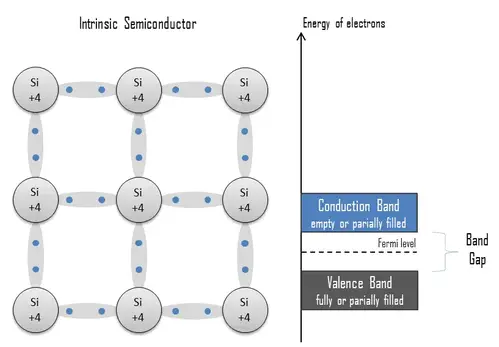Paramagnetism works by aligning unpaired electrons’ magnetic moments with an external magnetic field, causing weak attraction to the field.
Understanding Paramagnetism
Paramagnetism is an interesting magnetic behavior observed in certain materials that possess unpaired electrons. In this article, we will delve into the fundamentals of paramagnetism and explore how it works at the atomic level.
Origin of Paramagnetism
Paramagnetism arises from the presence of unpaired electrons in an atom or molecule. These unpaired electrons have a magnetic moment due to their intrinsic spin, which aligns with an external magnetic field when it is applied. The alignment of these magnetic moments causes the material to become weakly attracted to the magnetic field, exhibiting paramagnetic behavior.
How Paramagnetism Works
- Electron Spin: In paramagnetic materials, unpaired electrons have an intrinsic property called spin, which can be thought of as a tiny magnetic field.
- Magnetic Moment: The magnetic moment of an electron is determined by its spin and orbital motion. Unpaired electrons with aligned magnetic moments give rise to paramagnetism.
- External Magnetic Field: When a paramagnetic material is exposed to an external magnetic field, the unpaired electrons align their magnetic moments with the field, creating a net magnetic moment in the material.
- Attraction to the Magnetic Field: Due to the alignment of the magnetic moments, the paramagnetic material becomes weakly attracted to the applied magnetic field.
Curie’s Law and Paramagnetic Susceptibility
Paramagnetic materials are characterized by their susceptibility to magnetic fields, which is a measure of how easily they can be magnetized. The susceptibility of a paramagnetic material is temperature-dependent and follows Curie’s Law:
- Paramagnetic susceptibility (χ) is directly proportional to the material’s magnetic moment (μ).
- χ is inversely proportional to the temperature (T) in Kelvin.
Mathematically, Curie’s Law can be expressed as:
χ = C / T
Where χ is the paramagnetic susceptibility, C is Curie’s constant (which depends on the material), and T is the temperature in Kelvin.
Applications of Paramagnetism
Although paramagnetism is a weak magnetic effect compared to ferromagnetism or ferrimagnetism, it still has practical applications in various fields:
- Magnetic Resonance Imaging (MRI): Paramagnetic substances are used as contrast agents in MRI scans to enhance the visibility of specific tissues or organs.
- Magnetocaloric Cooling: The temperature dependence of paramagnetic susceptibility allows for innovative cooling technologies using magnetic fields.
- Chemistry: Paramagnetism is used as a tool for studying molecular structures, as it can help determine the presence of unpaired electrons and the bonding nature of molecules.



